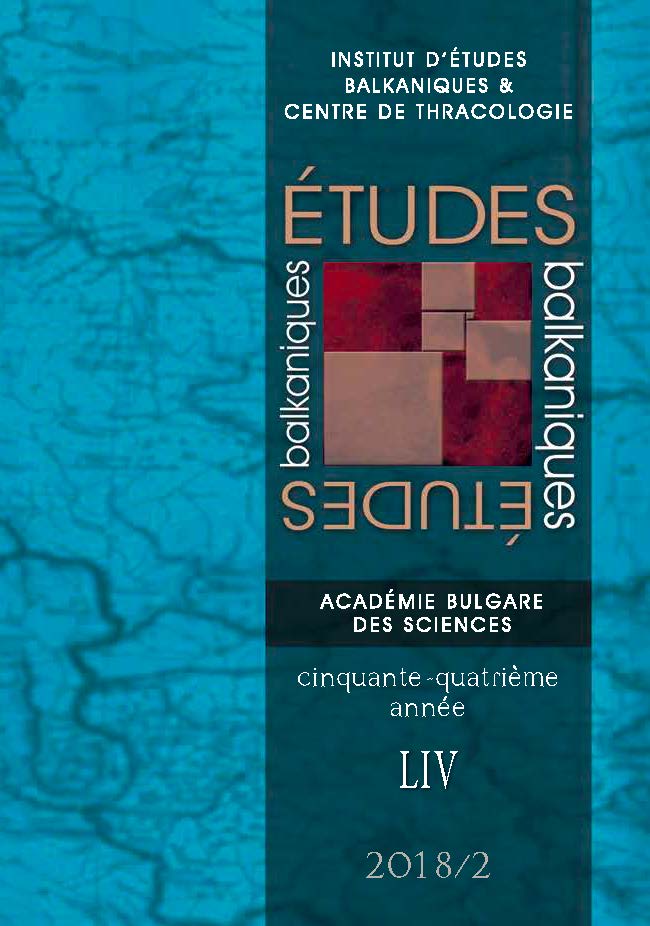THE THEORY OF THE SUCCESSION OF WORLD EMPIRES IN THE ORTHODOX SLAVONIC CULTURAL CONTEXTS (MEDIEVAL SYMBOLISM, IMAGERY AND IDEOLOGICAL INTERPRETATIONS)
THE THEORY OF THE SUCCESSION OF WORLD EMPIRES IN THE ORTHODOX SLAVONIC CULTURAL CONTEXTS (MEDIEVAL SYMBOLISM, IMAGERY AND IDEOLOGICAL INTERPRETATIONS)
Author(s): Paweł DziadulSubject(s): History, Cultural history, Comparative history, Political history, Middle Ages, Theology and Religion, History of Religion
Published by: Институт за балканистика с Център по тракология - Българска академия на науките
Keywords: The Orthodox Slavs; The Theory of The Succession; Periodization of History; The Middle Ages; Ideology;
Summary/Abstract: The main aim of this work is to present and analyze the theory of the succession of world empires in the Orthodox Slavonic cultural contexts. The theory functioned as one of the most popular ideas of the periodization of history in the Middle Ages. Owing to the work of the Byzantine commentators of the Book of Daniel and the Book of Revelation, it was modified and employed in the process of creating Byzantine imperial ideology, where it was connected with the idea of a universal empire and the doctrine of diarchy. After the Christianization of the Slavs, the theory started functioning in the new cultural, historical and political contexts, where it was adapted according to various needs and circumstances. The theory played an important role, especially in the culture of the Second Bulgarian Empire during the 13–14th centuries and in Muscovite Rus’ during the 16th century. It was used to create specific politico-theological programs focused mainly on the idea of a God-chosen “last monarchy”, eschatological in nature.
Journal: Études balkaniques
- Issue Year: 2018
- Issue No: 2
- Page Range: 324-349
- Page Count: 26
- Language: English
- Content File-PDF

